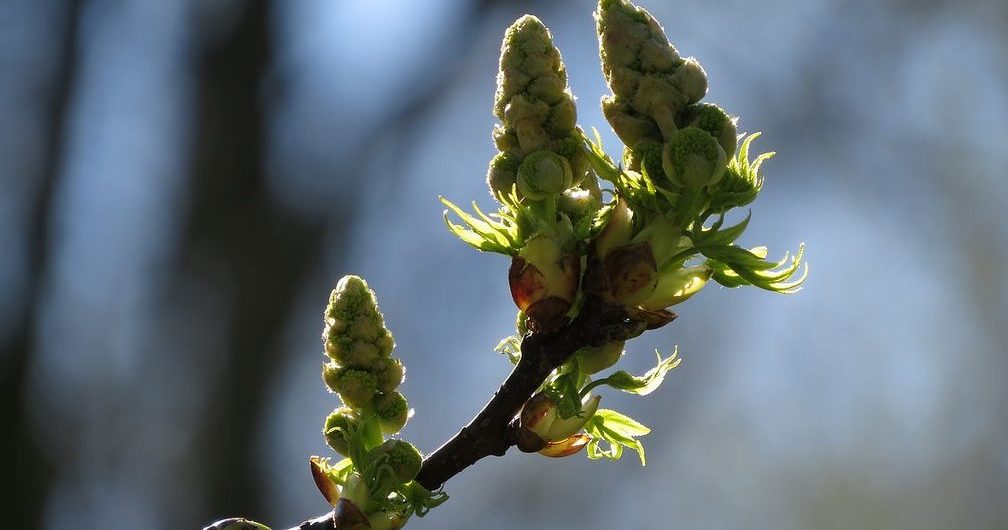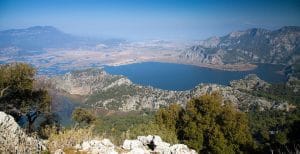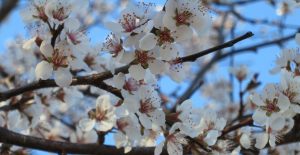In Turkish and Islamic folklore spring arrives only after the three Cemres have occured. The Cemre are three fireballs that come from Heaven to warm earth at the end of winter. Each cemre happens a week apart and heats one aspect of nature.
Dictionary definition – Cemre: means “ember of fire; piece of fire; coal in form of fire” in Arabic and defines warming up and the pile of stones thrown by Muslims at the Mount Mina during pilgrimage. 1. Red-hot piece of coal,live ember 2. Any of three radiations of heat which supposedly fall in succession from the sun into the air,the water, and the earth in February and March. Increase of warmth in February.
First Cemre is said to ocur 19-20 February. The first cemre heats the air
Second Cemre 26-27 February. The second cemre the water.
The third Cemre 5-6 March. The final cemre warms the ground.
In meteorological terms cemre is defined as the increase in warmth in February.
According to tradition the dropping of cemres result in storms and it snows in many parts of the country during this period. It is accepted that following the third cemre, spring arrives.
In old times, people used to divide the year in two seasons as ‘Kasım’ (winter) and ‘Hızır’ (summer); Kasım lasting for 180 days and Hızır for 186 days.
Kasım would start on the 8th of November according to the our calendar; the 46th of Kasım would mark the beginning of ‘erbain’, meaning “forty days” and the 86th of Kasım would mark the beginning of ‘hamsin’, meaning “fifty days”.
By the end of hamsin, the coldest 90 days of the winter would be over. On the 105th of Kasım (20th of February) the first cemre drops in the air; on the 112th (27th of February) the second cemre drops in the water; and on the 119th (6th of March – 5th of March every four years when February is 29 days) the third cemre drops in the earth.
SCIENTIFIC APPROACH TO CEMRE
The first Cemre – the warming of the air
This is actually backed up by science: over winter the soil has cooled considerably. The soil is the slowest to heat up and even if the days are very warm the soil can still retain it’s colder temperature. For this reason gardeners do not plants out tender plants until the soil has warmed up. As the sun, returning to the north, climbs higher in the sky, a week or two of warm dry weather follows.
The second Cemre – the warming of the water 
Because there are no leaves on the trees, there is very little evaporation, which takes up a lot of the sun’s energy. With little evaporation, the atmosphere stays dry and warm. The days are hot but the nights stay cool, because the earth is still cold. There is a large daily temperature range, with a possible maximum of 20 degrees followed by a low minimum. The sun gets so warm that in a matter of days, shrubs and trees begin to leaf. This a magical time of year with fresh green buds bursting from the trees. The Liqudambar forests around come alive with growth and the tunes of birdsong. The trees are what triggers the second cemre. Leaves take in carbon dioxide to grow, and they pump huge amounts of water vapor into the atmosphere. This process, called transpiration, moistens and cools the air.
With all the evaporation, the air becomes more humid, so that clouds can form. This actually causes the air temperature to drop slightly meaning that even snow is possible.
 The third Cemre – the warming of the earth
The third Cemre – the warming of the earth
The sun’s gaining strength finally begins to dry out the humidity and levels start to decrease. This increases the general heat and along with the lengthening days means that the earth eventually warms. This is the third and last Cemre, meaning that spring has finally arrived.
With the arrival of spring we will be waiting for our friends and guests and looking forward to showing off the new places that we have discovered over the winter





Comments